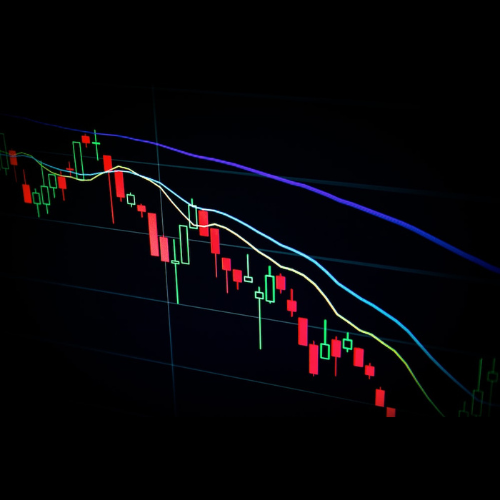Introduction
Algorithmic trading, once the exclusive domain of institutional investors and high-frequency traders, has been steadily democratizing. Its reach now extends to individual retail traders, reshaping the very fabric of the stock market. The advent of sophisticated algorithms, powerful computing platforms, and expansive data troves has given rise to an entirely new trading paradigm—automated, efficient, and largely detached from human emotion. This article delves into the captivating world of algorithmic trading and its transformative role in stock market investing.
What is Algorithmic Trading?
Algorithmic trading, also known as algo-trading or black-box trading, involves the use of computer programs to automate the process of trading (buying and selling) securities on an exchange. These computer algorithms are designed to execute trades at high speeds and volumes based on predefined rules and strategies. These rules can be based on various parameters such as price, volume, timing, and other market conditions.
Advantages of Algorithmic Trading
- Speed and Precision: Algorithmic trading can process complex mathematical models and execute trades in milliseconds, far surpassing the speed and precision of manual trading.
- Emotionless Trading: Algo-trading mitigates the role of human emotions in the trading process, thereby minimizing the risk of impulsive decisions and enabling consistent adherence to the trading plan.
- Reduced Transaction Costs: By minimizing the time it takes to place and execute an order, algorithmic trading can lead to significant savings in transaction costs.
- Backtesting Ability: Trading algorithms can be backtested using historical and real-time data to assess their effectiveness before they are deployed in live trading.
Algorithmic Trading Strategies
Algorithmic trading strategies are diverse and continually evolving, reflecting the complexities of the financial markets. Here are a few prevalent strategies:
- Trend Following: These algorithms follow trends in moving averages, channel breakouts, price level movements, and related technical indicators.
- Arbitrage: These algorithms identify and exploit price differences of a security on different exchanges or between a basket of securities and its derivatives.
- Mean Reversion: Based on the statistical concept that prices, over time, tend to move back to their mean, these algorithms aim to capitalize on price patterns and levels returning to their historical averages.
- News-Based: These algorithms are programmed to make trades based on news releases or sentiments extracted from news articles or social media platforms.
The Dark Side of Algorithmic Trading
While algorithmic trading offers significant advantages, it isn’t without risks and challenges. High-frequency algorithmic trading can contribute to market volatility, leading to flash crashes or sudden market swings. The opacity of algorithmic models also raises concerns about market fairness and integrity.
Furthermore, if multiple trading algorithms are operating on similar strategies, it can lead to herding behavior, causing artificial inflation or deflation of security prices. The complexity of algorithms also necessitates sophisticated risk management systems to guard against potential malfunctions or misinterpretations of market data.
Conclusion: The Future of Trading is Algorithmic
Despite its challenges, the future of trading is inexorably veering toward automation. As advancements in AI, machine learning, and data analytics continue to evolve, trading algorithms are likely to become more sophisticated and accessible. The emergence of robo-advisors, which offer automated investment advice based on algorithmic models, further underscores this trend.
Navigating this new landscape will require a blend of traditional financial expertise and an understanding of algorithmic models and computational technologies. In the dynamic and fast-paced world of stock trading, the rise of algorithmic trading marks a crucial juncture—heralding an era where finance and technology converge to redefine market dynamics.
Disclaimer: This article is intended for informational purposes only. It should not be considered financial or investment advice. Always consult with a certified financial professional before making any significant financial decisions.






